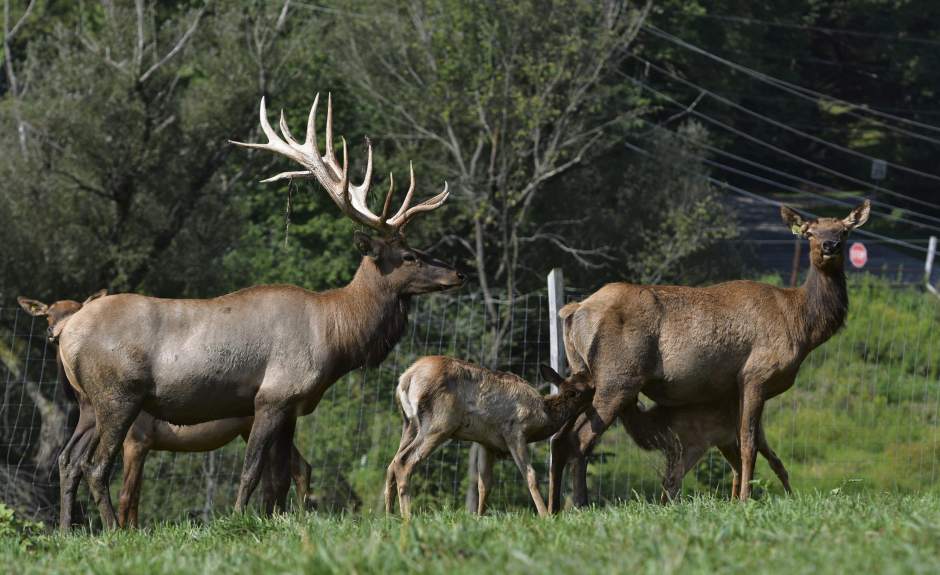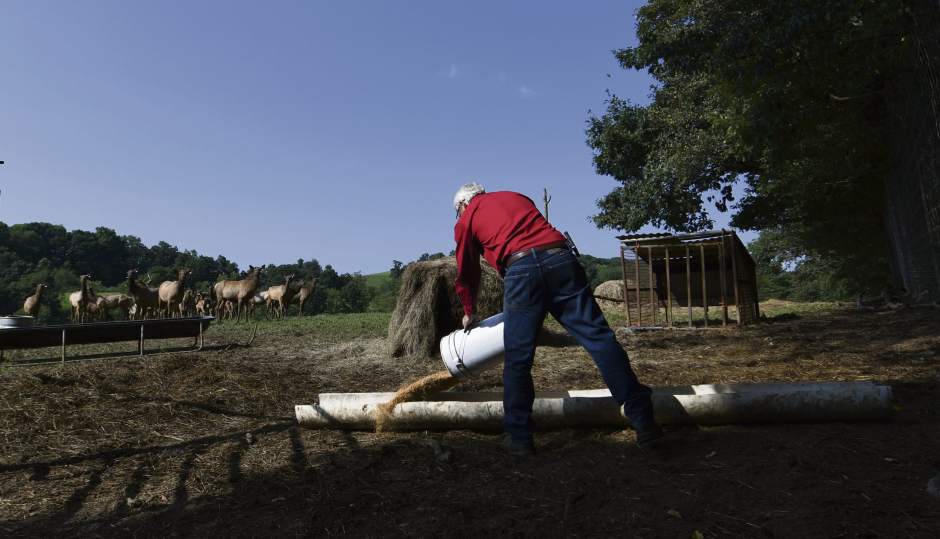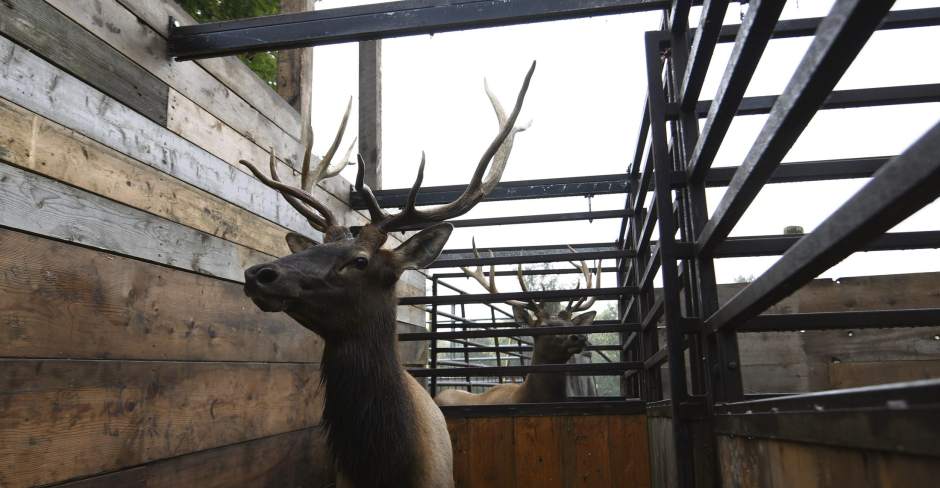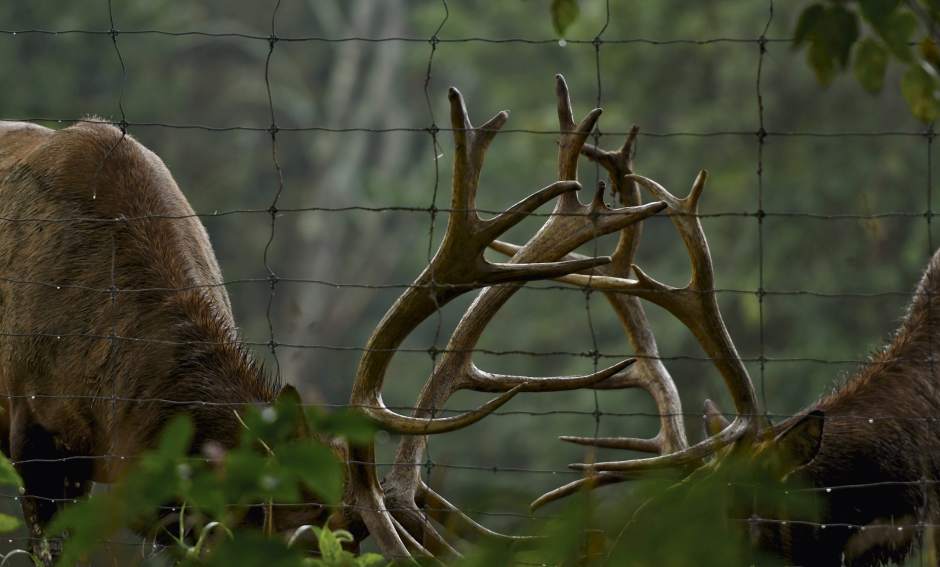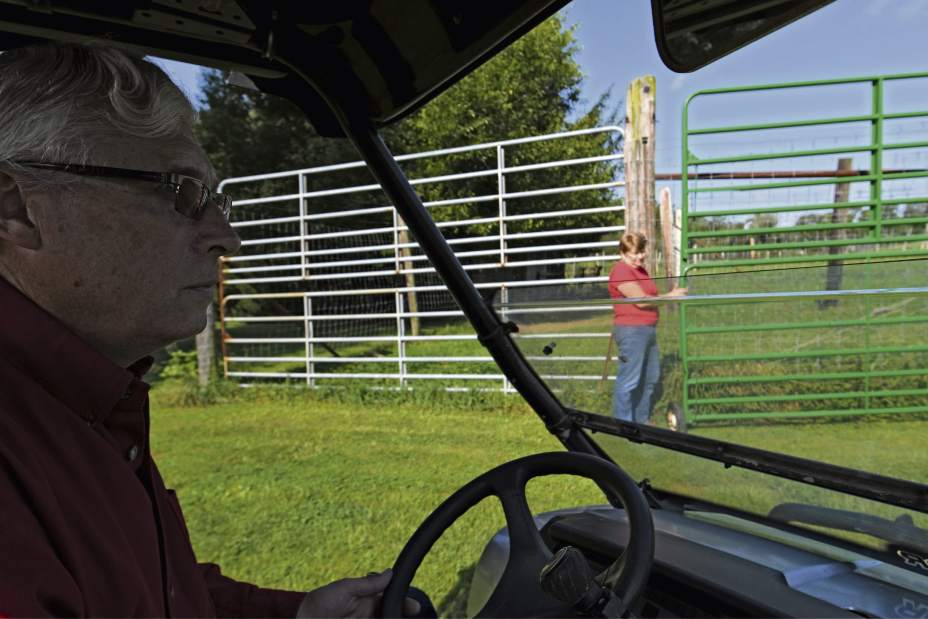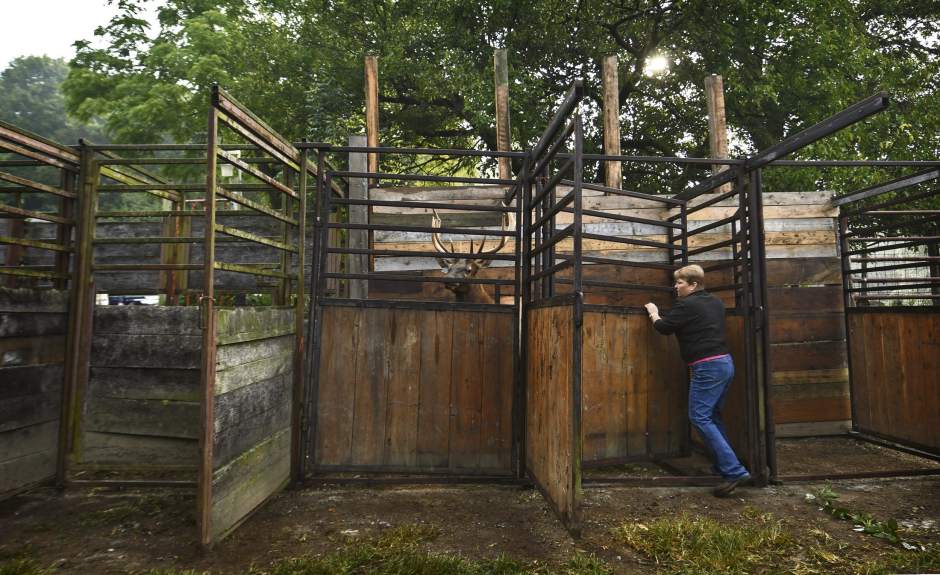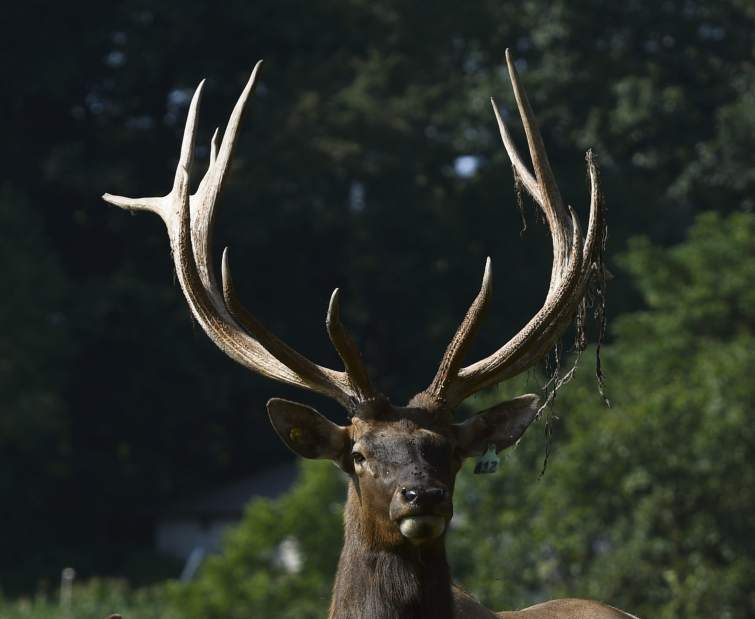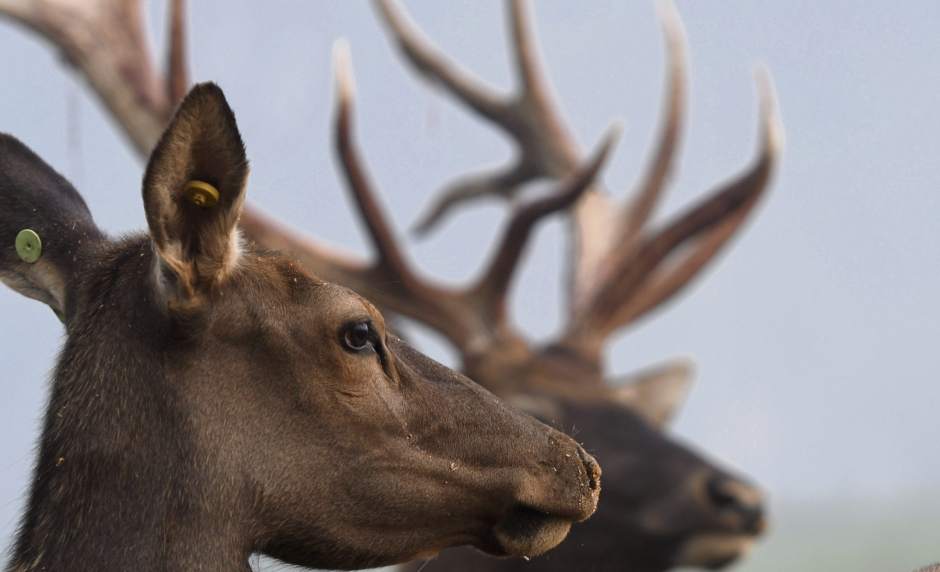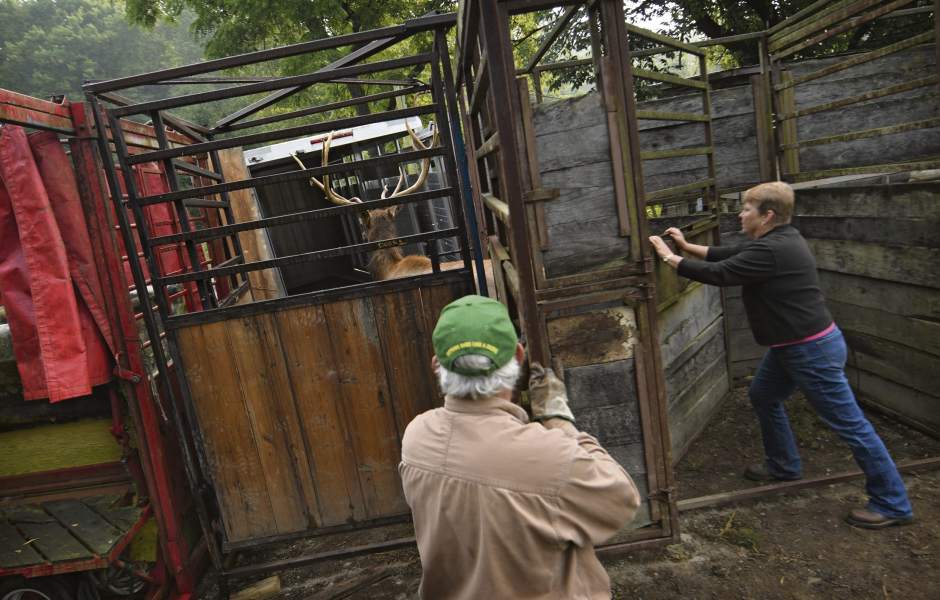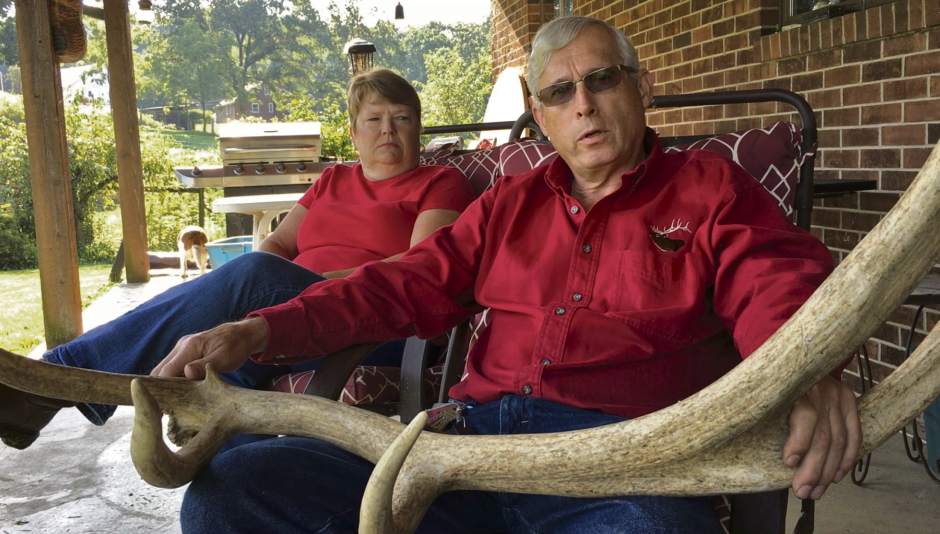Clinton Township home to Duncan Elk Farm and its herd of 54
Unsuspecting motorists driving on Deer Creek Road in Clinton Township sometimes do a double take.
A herd of 54 elk roam 90 acres of land at Duncan Elk Farm, one of just a few of its kind in Western Pennsylvania.
Drivers occasionally stop at the home of Bill and Jean Duncan, inquiring about the herd.
“We had one couple pull over and they didn't know what they were,” says owner Jean Duncan. “People mistake the elk for mule deer, moose or reindeer.”
Elk farmers since 1996, they raise, breed, sell and maintain their elk herd year-round.
There are six elk farms located in Western Pennsylvania. All are examples “alternative agriculture” methods of farming that often includes alpaca, emu, llama and ostrich farms.
Why elk?
Elk hunting experiences in Colorado by Bill Duncan and a visit to a Penn State agricultural show piqued his interest in possibly having an elk farm, he says.
“Elk are easier to raise than beef cattle and three elk can thrive on one acre, when one cow normally takes up the same amount of land,” says Duncan, who previously raised beef cattle on his family property that dates back to 1948. He is a director with the Pennsylvania Elk Breeders Association.
The couple made the switch from raising beef cattle to elk after researching elk farms, visiting several and establishing their herd in 1996 with three cows and one bull.
The elk provide many sources of income. Trophy bulls are sold to hunting preserves, others are breeding stock. Antlers are used for dog chews (no splintering of the bones is a perk), and for furniture or decoration. The bulls shed their antlers every spring. Elk grow their antlers in about 70 days. Bill says they can grow about an inch a day.
The biggest profit margin is with the sale of his trophy bulls, Bill says. Meat is sold by the half — custom cut, wrapped and frozen and averages $700 to $900. Currently, there is a waiting list for elk meat during butcher season, which typically occurs in September through October.
“People are looking for a healthy alternative in meat,” Bill says.
According to the U.S. Department of Agriculture, elk meat is low in saturated fat — with 0.7g of saturated fat per serving (3.5 ounces) compared with 1.2g saturated fat in deer meat and 5.7g found in beef.
Easy to raise
No barn is needed to house the elk, and rotational grazing on two acres is the preferred feeding method.
A large bull elk easily weighs in at 1,100 pounds or more. Female elk (called cows) tip the scales at around 600 pounds.
“The elk are pretty self-sufficient,” says Jean, although a high, strong fence at least 10 feet tall is a Pennsylvania Department of Agriculture requirement. The Duncan's farm is inspected annually by the department of agriculture.
In the old days, they named the elk, giving them famous country music monikers such as “Elvis,” “Wynonna” and “Tammy.” Nowadays the elk remain nameless.
Bill feeds a mix of hay, sweet grain feed and pasture daily to his herd. The herd is not tame and Bill keeps his distance.
“A bull's antlers could do some real harm accidentally,” he says. “We enjoy raising the animals.”
Joyce Hanz is a Tribune-Review contributing writer.


